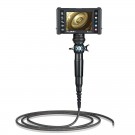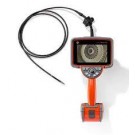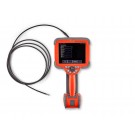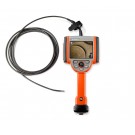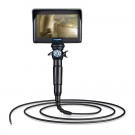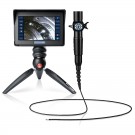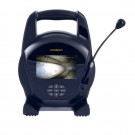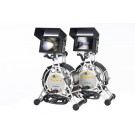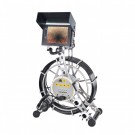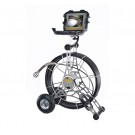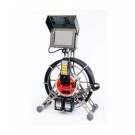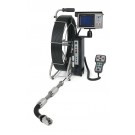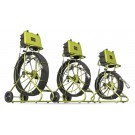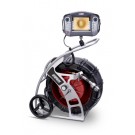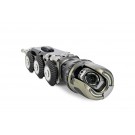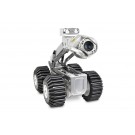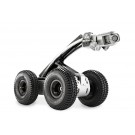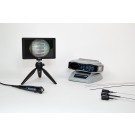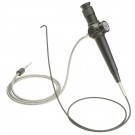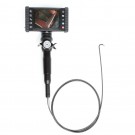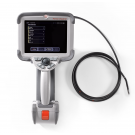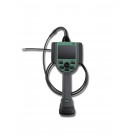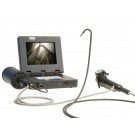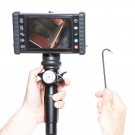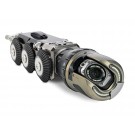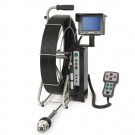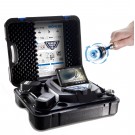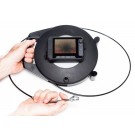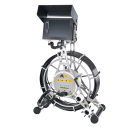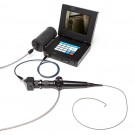Videoscopes or Video Borescopes have many features available that need to be understood when selecting remote visual inspection equipment. Manufacturers of videoscopes and video borescopes have added more and more features over the years that have contributed to a phenomenon know as "feature creep." These unnecessary features have only driven up the cost of equipment and added little or no real value. Most remote visual inspection applications only require certain basic features to to be successfully inspected.
Many are surprised to learn that the CCD that produces a videoscope image are identical regardless of manufacturer. Olympus, General Electric, IT Concepts, Karl Storz and others all used the same CCD manufactured by Sony. The Light Sources also are typically identical across manufacturers as well as the material the videoscope's flexible insertion tube is made of.
In order to differentiate themselves manufacturers have added a dizzying array of features that have only served to make videoscopes or video borescopes difficult to use and expensive. When looking for a videoscope end users need to determine which features are absolutely necessary. To help keep the cost of equipment down and the equipment easy to operate, some basic features are all that 95% of inspections need.
Basic Videoscope Features:
- Articulation. This may be described as "all-way" or "4-way." Articulation is simply the ability of a videoscope to manipulate the tip of the scope at the bending neck. Today most videoscopes 25 feet (7.5 Meters) and shorter have the ability to articulate.
- Tungsten Braided Sheath. Videoscopes are typically used in demanding and harsh industrial environments. A videoscope needs to be constructed of material that will stand up to tough industrial conditions. Professional grade or industrial videoscopes can be distinguished by a tungsten braided sheath for durability. Consumer grade videoscopes with typically have stainless steel or PVC insertions tube.
- Powerful Light Source. A videoscope designed to remotely inspect the interior of gas turbines, heat exchangers, boiler tubes and industrial machinery require powerful light to illuminate these dark areas. Today, most industrial videoscopes use brilliant HID light sources or high output LEDs. Beware an industrial videoscope that utilizes a halogen, xenon or low output LED light sources.
- Digital Image Capture. With all the features that have been added to videoscopes over the years it is difficult to believe that the purpose of remote visual inspection is to view and capture images of the item being inspected. The majority of inspections will require an image to be saved as a record of the condition of the inspected area. Typically, These images will be in .jpeg or .BMP format to be saved on a PC or included in a report.
- Text Annotation. The ability to annotate an inspection location, serial number or condition is very helpful when recalling videoscope inspections for evaluation and determining corrective action.
Keeping the features of a videoscope or video borescope simple is the best way to keep cost low and remote visual inspection equipment user friendly.

